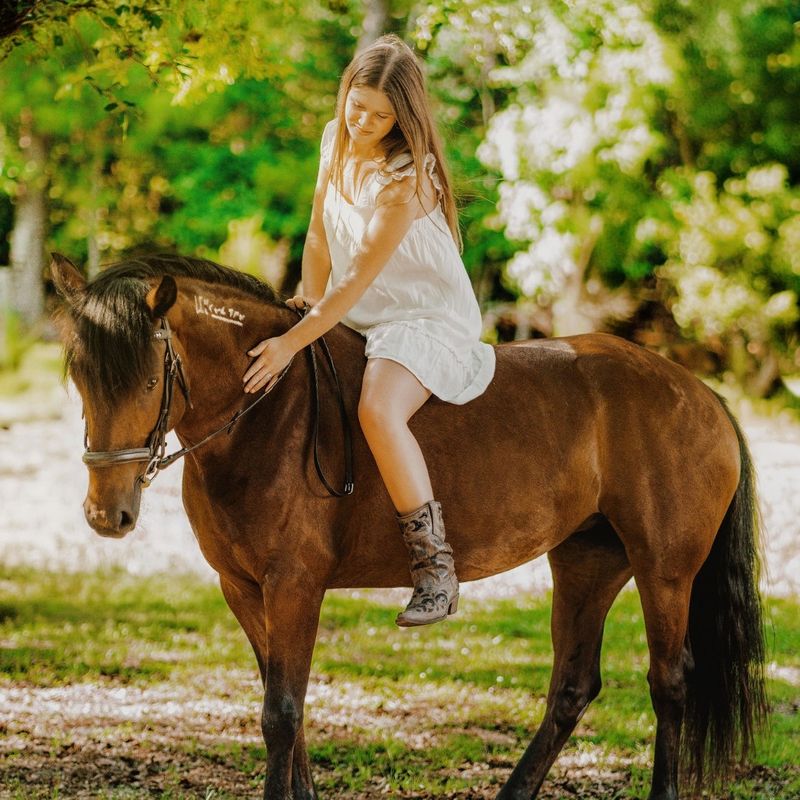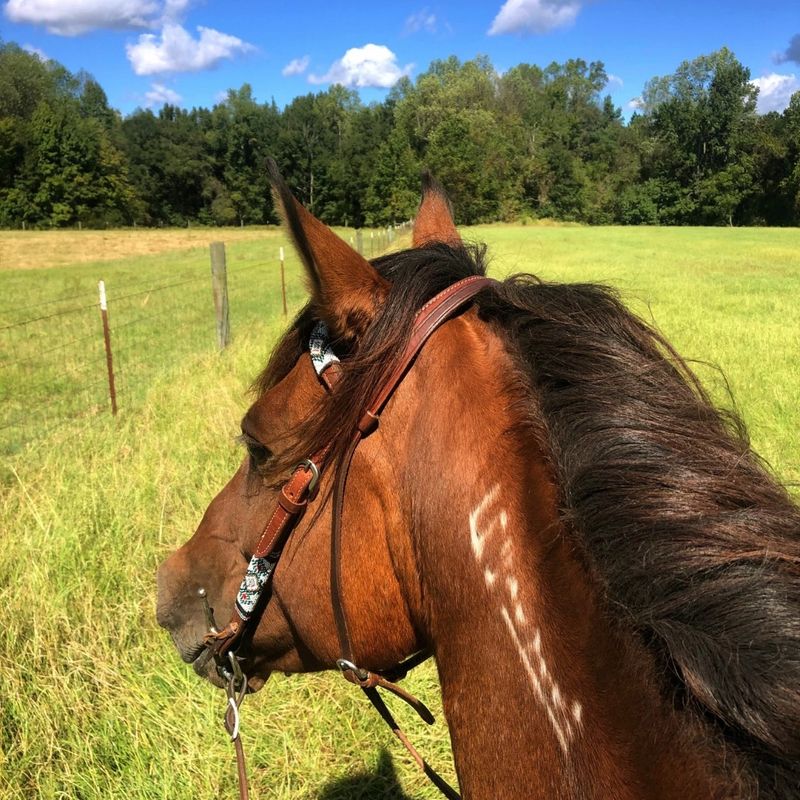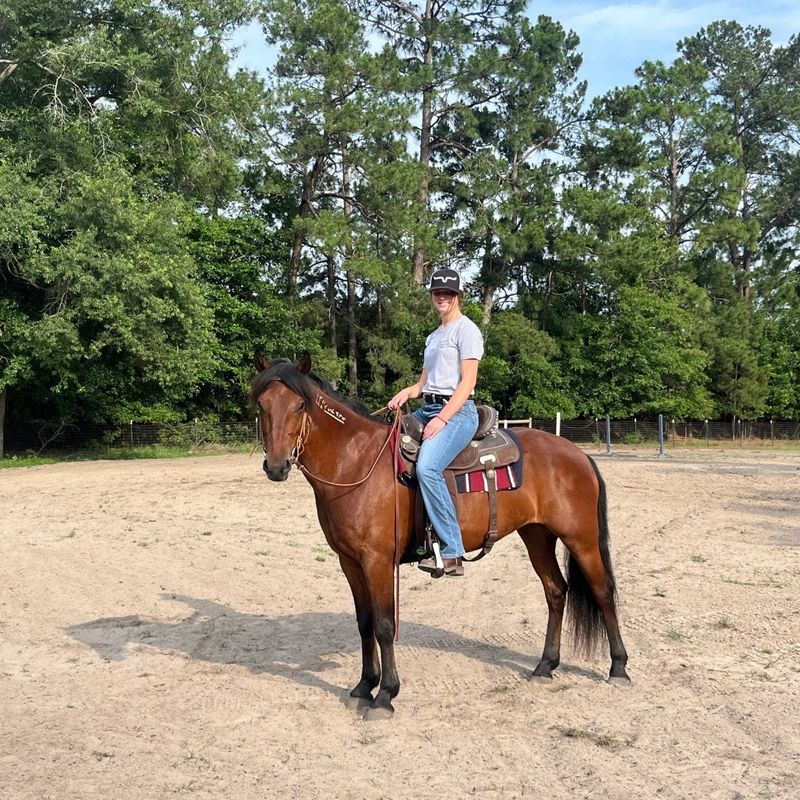Pushing a horse that is already struggling with the heat can quickly escalate from a welfare issue to a life-threatening emergency. Recognizing the subtle, and sometimes not-so-subtle, signs of heat stress before you even put a foot in the stirrup is one of the most important skills a rider can have.
Reading the Red Flags: Is Your Horse Safe to Ride
Recognizing Heat Stress in Your Horse Before You Ride
Your horse's health is our top priority.
By learning to recognize the signs of heat stress, you can make informed decisions that protect your equine partner from harm. If you are ever unsure or notice concerning symptoms, do not hesitate to dismount, begin cooling measures, and call us for guidance.




